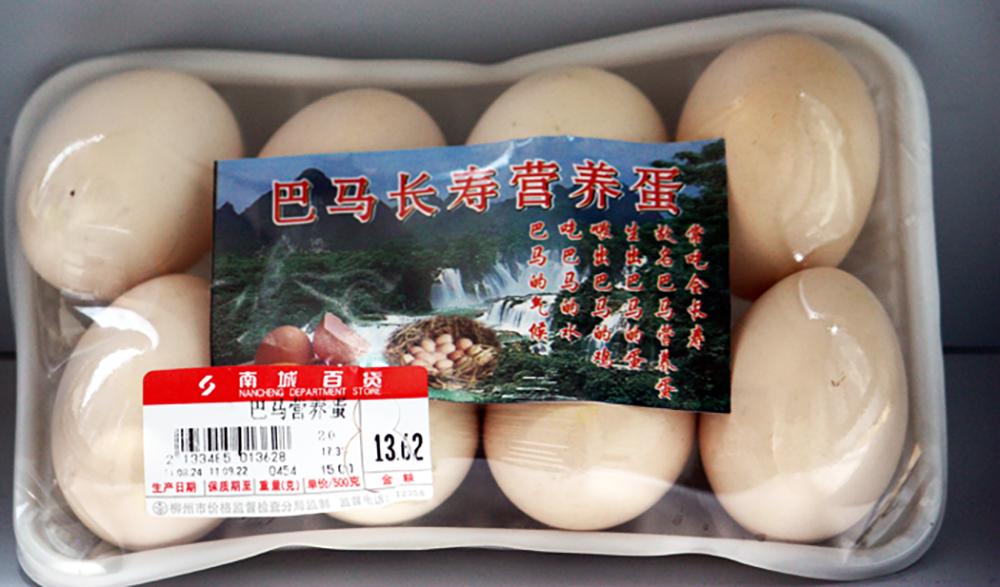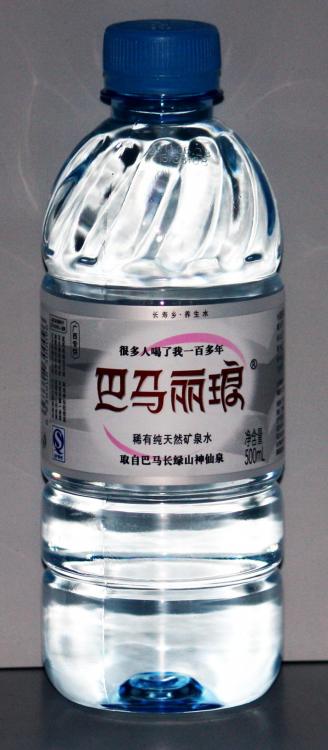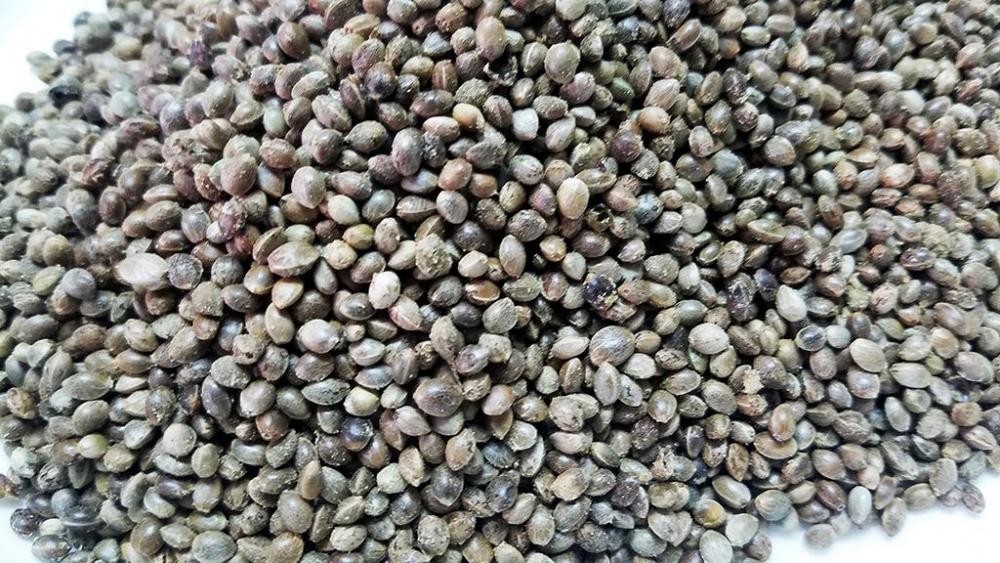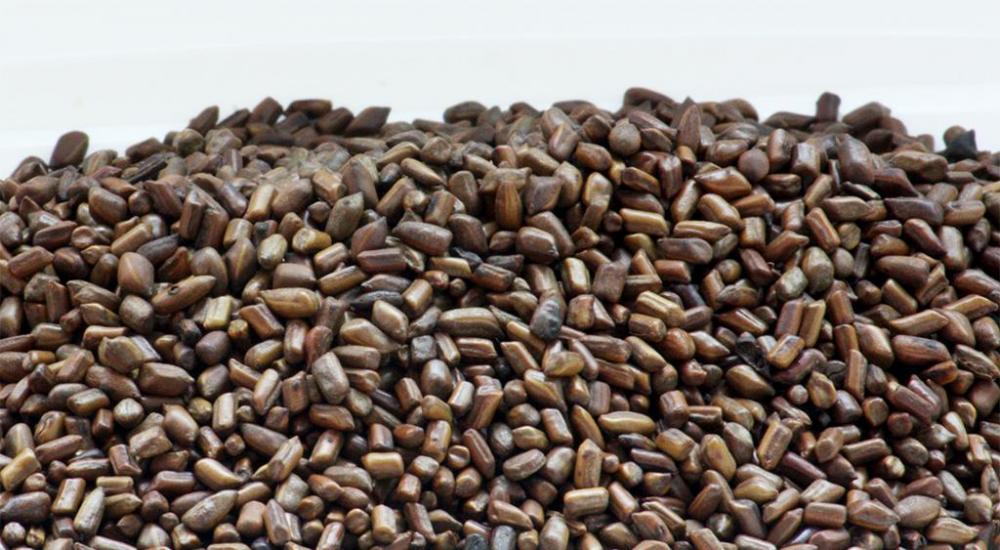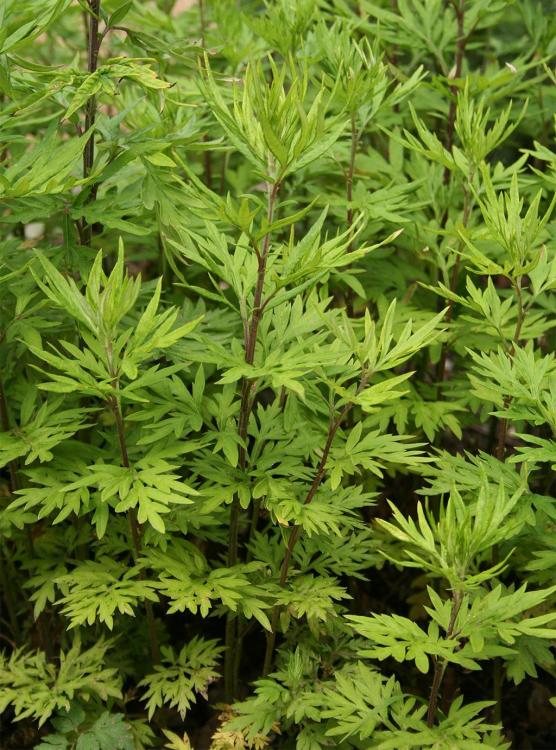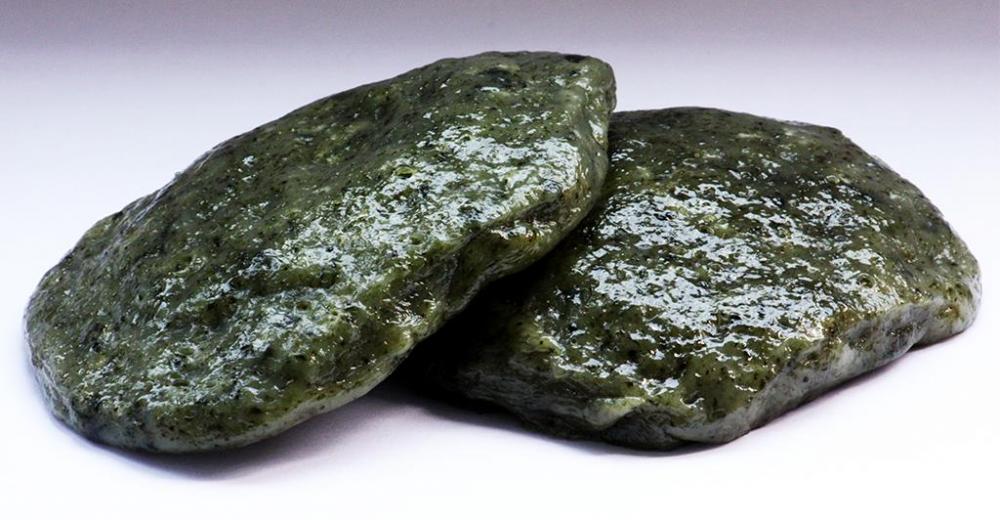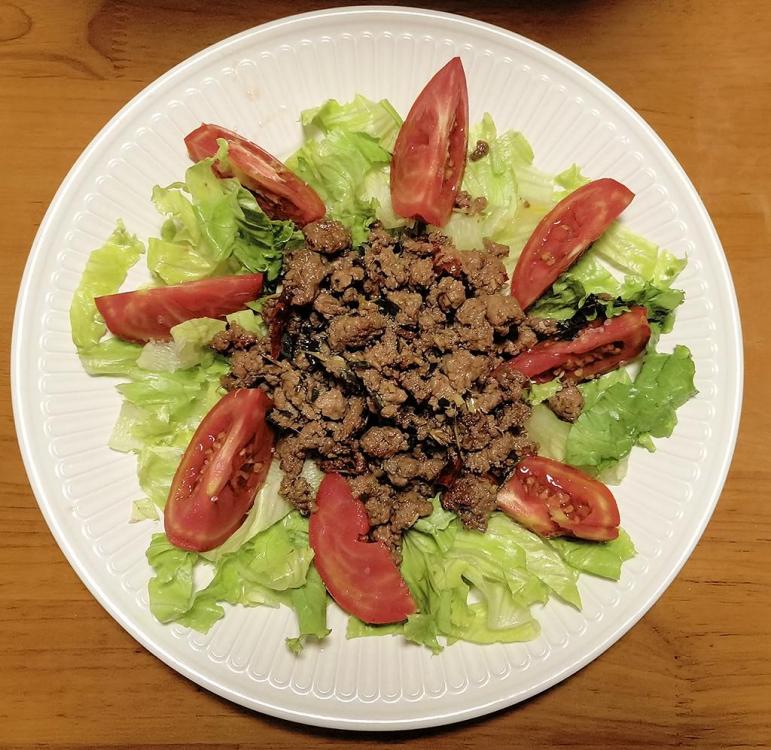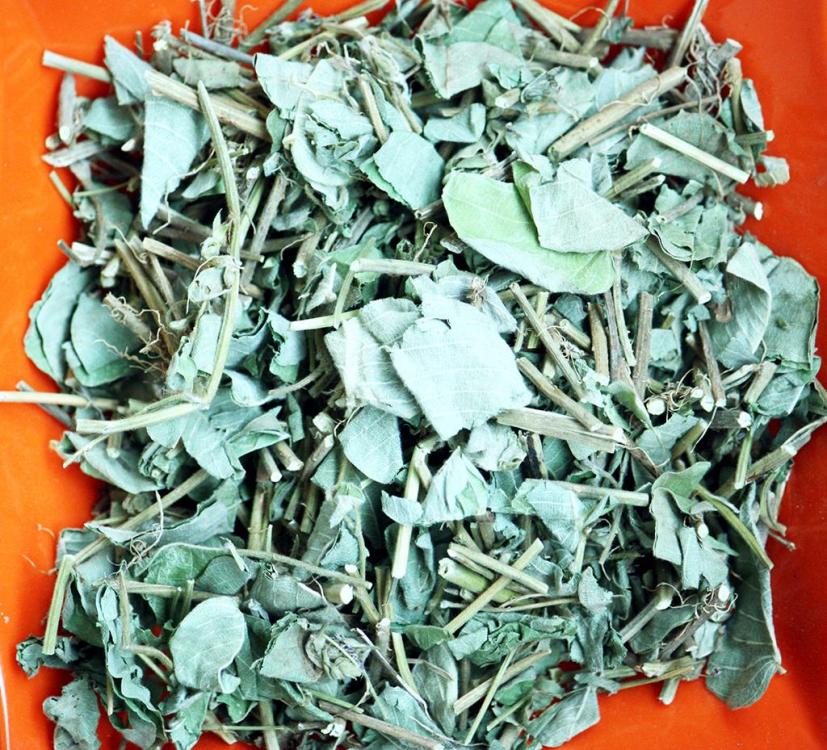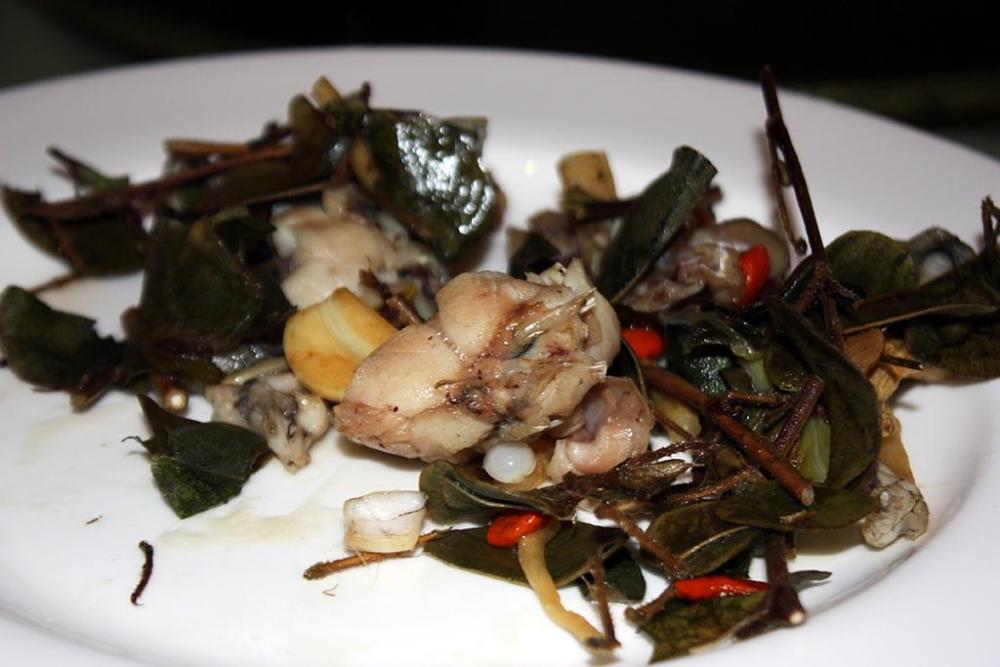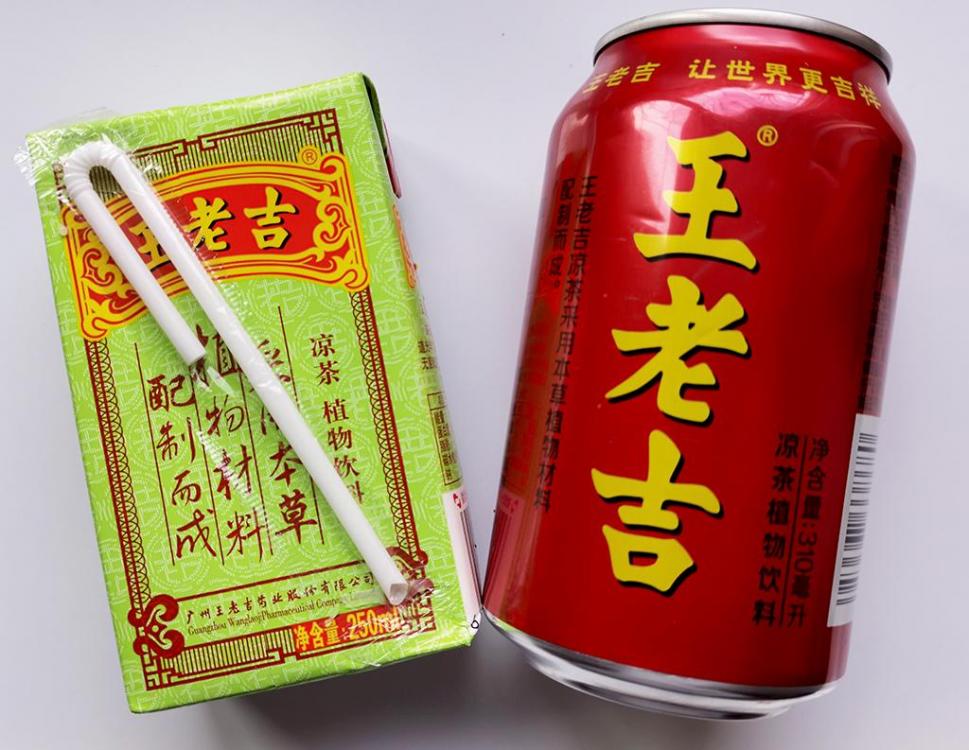-
Posts
16,657 -
Joined
-
Last visited
Content Type
Profiles
Forums
Store
Help Articles
Everything posted by liuzhou
-
-
26. 夜香花 (yè xiāng huā) – Tonkin Jasmine – Telosma cordata 夜香 (yè xiāng) is a creeping vine native to southern China (i.e. here), Vietnam and northern Thailand, but introduced elsewhere. In Vietnamese it is thiên lý and in Thai ดอกขจร. In English it is known as Tonkin jasmine as well as Pakalana vine, cowslip creeper Chinese violet and cowslip creeper. The name Tonkin comes from the Tonkin bay which lies at the Guangxi, China / Vietnam border The whole plant is edible, but it is the flowers which are of most interest to most people. Like the 'orange jasmine' above, it is no relation to true jasmine. The small golden yellow flowers are very fragrant and have a lemony taste. The flowers can be eaten as vegetable dish to accompany other dishes, but is more usually added to recipes as a kind of seasoning. A favourite, both in China and Vietnam, is stir fried beef with Tonkin jasmine. 夜香花炒牛肉 (yè xiāng huā chǎo niú ròu) in Chinese; Thiên Lý Xào Thịt Bò in Vietnamese. But my and many people’s favourite way to use them is with eggs. Scrambled eggs or steamed eggs. I have even made Tonkin jasmine omelettes in the past. Tonkin jasmine with scrambled eggs Less often they are added to soups. Chicken and Pig's Blood Soup with Tonkin Jasmine There is a video recipe for the beef dish below. The video is Vietnamese, but the dish is identical to how it is cooked here.
-
Yes. I've seen those here, too.
-
桂 25. 桂花 (guì huā) – Osmanthus – Osmanthus fragrans Osmanthus flowers The Chinese character at the top of this post is the one I see most often. I see hundreds of examples everyday. Even if I don’t go out the house, which is rare, I see it in my study where I am sitting now. On the wall beside me is this poster. It is the second character in the large font. This character, 桂 (guì) is pronounced ‘gway’ and means osmanthus and if you live in Guangxi, it becomes part of your daily life. Every province and major city’s name has a one character abbreviation which may or not be part of their name. For example, Hunan is 湘 (xiāng) which seems unrelated as does 沪 (hù) for Shanghai. Sichuan is 川 (chuān), which is the second character in Sichuan (四川 – sì chuān), whereas Gansu (甘肃 – gān sù ) uses the first character 甘 (gān). These abbreviation characters appear on every registration number plate, hence where I see it 100s of times a day. Random car number plate in Liuzhou 桂 means Guangxi; B is Liuzhou, the second largest city. Then a random combination of numbers or letters. The most prized number in Guangxi is 桂A 88888. The anonymous owner of 京A 88888, the top Beijing number is said to have paid over 1,000,000 元 ($154,500) for the number. I hope they threw the car in for free. So, where does 桂 come from and why does it mean Guangxi? And why am I going on about it? The root meaning of 桂 here is is ‘osmanthus’, an evergreen shrub or, round here most often, a tree growing up to 12 metres / 40 feet tall. In late summer and autumn (i.e. now), it bears small whitish / yellow flowers which are highly scented and much prized. My local parks are full of these trees and they line many roads. People sell small bunches of the flowers on the street to be used as nosegays. Osmanthus tree in my local park The nearby famous, tourist city of Guilin is 桂林 (guì lín) in Chinese and means 'osmanthus forest'. There are a lot of the trees there, too. Guilin was the capital of Guangxi from 997 to 1950, when it changed to Nanning. However, the 桂 part of its name continued to stand for Guangxi before being adopted officially. But more importantly the flowers are edible. They are used to flavour many food stuffs. Here are just some. It is added to both black and green teas to give them a scent and flavour, just as with Jasmine tea. Osmanthus tea But, it is also sold as pure dried leaves and also described as osmanthus tea, to make a floral tisane. Osmanthus 'tea' Then we have the alcoholic uses. Osmanthus flavoured white spirits. Osmanthus beer Osmanthus cooking wine and finally, something to eat Osmanthus honey Osmanthus jam Osmanthus cakes So, I hear you ask, what does it taste like? It has a fresh, floral and fruity flavour (naturally), reminiscent of apricot and peaches.
-
24. 七里香 (qī lǐ xiāng) – Orange Jasmine – Murraya paniculata Known in English as orange jasmine, orange jessamine, china box or mock orange among other names, these are the unopened flower buds of a small tree found in South Asia, Southeast Asia and Australia. In Chinese, it has at least 19 alternative names that I have found. I’m going with 七里香 (qī lǐ xiāng) as it seems to be the most common. Despite the name ‘orange jasmine’, it is unrelated to jasmine, but is in the same family as ‘curry leaf’ as used in Indian cuisine. Not that it tastes anything like curry. In fact, it is sweet, mild and floral in taste with a subtle citrusy flavour. It is used to flavour fish and white meats. The fruit is apparently edible too, but I’ve never seen it here. Opened flowers are used in making floral teas. And, I hardly need saying, it is used in TCM.
-
Not so different from all the Americans and Europeans who love Chinese food and come to China and can't find what they call Chinese food!
-
Six years ago, I opened a topic about Cameron, my newly (then) acquired pig face. Today I come across this article from La Crosse, Wisconsin: The La Crosse Tribune. Wednesday, 28 November 1951. Page 9, col. 3.
-
Chocolate chopper.
-
23. 大麻 (dà má) – Cannabis – Cannabis Sativa Cannabis (hemp) seed Given China’s much vaunted zero-tolerance in relationship to illegal drugs, there are exceptions. Sure importing sizeable quantities of heroin or meta-amphetamine etc. can and does lead to the death penalty. In fact, all executions in Guangxi are carried out right here in Liuzhou and have included a number of foreigners. But… I recently started a topic, A Glimpse of the Dai People and their Food, in which I showed pictures of a countryside market mainly used by the ethnic minority Dai people. That market openly sold cannabis for the smoking of. I did not partake. Bama village, not far from me in north-western Guangxi is well-known throughout China for its being a longevity cluster. The locals and many medical experts who study such things attribute the 5-times average number of centenarians in the village to their lifestyle and particularly their diet, which is rather simple and consists mainly of fresh, organic vegetables and hemp (cannabis)! They use cannabis oil for cooking and add the seeds to their congees and other dishes. We are told the local cannabis has a negligible amount of Tetrahydrocannabinol (THC), the psychoactive element of the drug. They would say that, though! I bought this in a state-owned department store in Liuzhou This has led thousands of people from all over China descending on the village to eat the local food, thinking that they will then live forever. The local government have embraced this and turned the place into a longevity theme park. They even sell the longevity tourists dumb things like Bama eggs and Bama water, which are just regular eggs and water. So sad. They have destroyed the place. Bama Eggs Bama Water This 2013 Guardian article describes the start of the process. Things have only gotten worse since it was written. Note that the village is in north-western Guangxi, not southern Guangxi as the article claims.
-
That may just be be my photography. I'll post a better one next time I see them, but that won't be for another year.
-
22. 决明子 (jué míng zǐ) – 'Cassia Seeds' – Senna obtsifoluia We looked at cassia, the cinnamon-like spice, back here. Also, sold are ‘cassia seeds’. These however, are from a totally different plant, Senna obtsifoluia. In Chinese these are 决明子 (jué míng zǐ) , but the locals get as confused as everyone else and I’ve quite often seen them mislabelled as 肉桂子 (ròu guì zǐ) , which does mean cassia seed’ They are used primarily to make a ‘tea’ and, as usual, are credited with all sorts of medicinal properties. They are a mild laxative and are said to be good for the eyes. Not necessarily both at the same time. These so-called ‘cassia seeds’ or ‘cassia seed’ tea should not be consumed by pregnant women or by anyone suffering from blood pressure difficulties.
-
21. 艾草 (ài cǎo) – Mugwort – Artemisia verlotiorum This file is licensed under the Creative Commons Attribution-Share Alike 3.0 Unported license. 艾草 (ài cǎo) is Chinese mugwort (ugly word!), a relation to the sunflower, but not so pretty. It grows all over Asia. The bitter leaves are, to my knowledge, only used in one culinary way. These cakes, known as 艾叶粑 (ài yè bā) and which are popular here, are made from a mixture of Chinese mugwort, which supplies the colour and flavour, and two type of rice flour which supplies the bulk. The manufacturing process is complicated but involves washing then boiling the mugwort leaves. The boiled leaves are processed with lye to remove mugwort’s natural bitterness and to soften them. The leaves are then sweetened with sugar and mixed with a 50-50 mixture of rice flour and sticky rice flour to make a dough which is formed into little cakes two to three inches in diameter, then steamed for around 30 minutes. They taste sweet and herbal. I was sceptical, but ended up liking them. Usually sold by street vendors, when in season around June. The fresh herb is available in markets at the same time, otherwise how could the vendors make them!.
-
Now, I don't want to tell you what it is. Your answers are so much more fun!
-
It's not that big!
-
That's what I use it for, but not what the manufacturers intended.
-
It is similar to iceberg and is the only lettuce I've ever seen in China. My friends are surprised when I tell them there are many types of lettuce. There are very, very few Chinese salads. Yes, the smacked cucumber and two versions of tiger salad, which I have posted about elsewhere in this forum. Yes, the locals will briefly stir fry it or added it to soups or hotpots. I like it cooked, too
-
I think it's been done to death across several topics.
-
Exactly my reaction when she said it!
-
Of course not, but when a name is widely applied to a certain dish, even one which has many variations, appropriating that name for something which doesn't really resemble that dish strikes me as disrepectful at best, dishonest at worst.
-
I wouldn't dare suggest that this is larp in any way, but it does have Laotian / Thai influences. I would have made something more authentic, but didn't have all the required ingredients - or appropriate salad materials - and it was too hot to go out! So, here we have hand-minced beef marinated in Thai fish sauce and freshly squeezed lime juice with finely chopped lemongrass, Thai chillies and makrut lime leaves, then stir fried. I did have scallions but forgot to add them. Duh! Served with a simple lettuce and tomato salad, dressed with more lime juice.
-
I cant think of anything specific. It doesn't have a strong flavour like say, mint or coriander leaf / cilantro. More subtle and with slight citrusy notes. Also, a bit mushroomy. Sorry. not a very adequate answer, I know. Next time I use it, I'll pay more attention.
-
I did search before posting my question.
-
20. 金钱草 (jīn qián cǎo) – Tick Trefoil – Desmodium cajanifolium Here is a herb which I’m told comes from Shandong in the north-east of China. It is also used in TCM and is said to boost male virility (overuse may lead to the need for nutmeg!). It comes under many names but 金钱草 (jīn qián cǎo) seems to be the most common. It literally means 'gold coin grass' as the fresh leaves are believed to resemble said coins. I have only seen it twice, once in a local restaurant where it was served with stir-fried bull frog. I liked that dish so much that I searched for it and eventually found a large bag of the dried herb in my favourite unusual foods store. I often cooked it with chicken, frog, shrimp, crab etc. I must restock. Bullfrog with Tick-trefoil Note: Canada Tick Trefoil, Desmodium canadense is a related but different plant. Does anyone know if that is eaten? It is also an ingredient in the popular herbal 'tea', sold in bottles, cans and cartons in every store and known as 王老吉 (wáng lǎo jí).



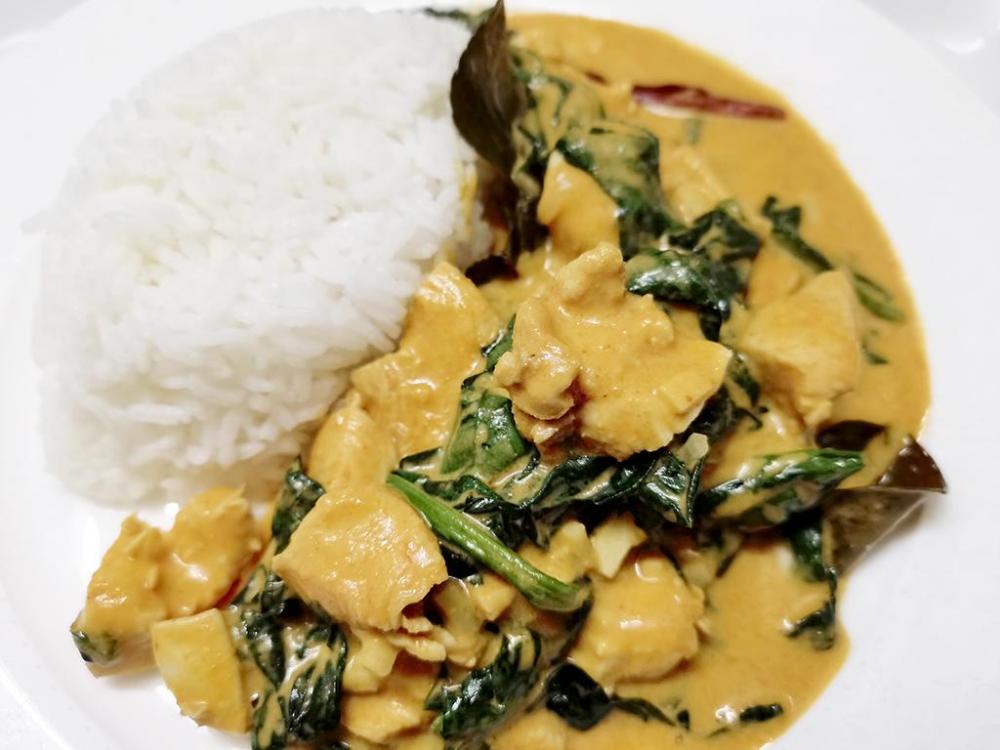


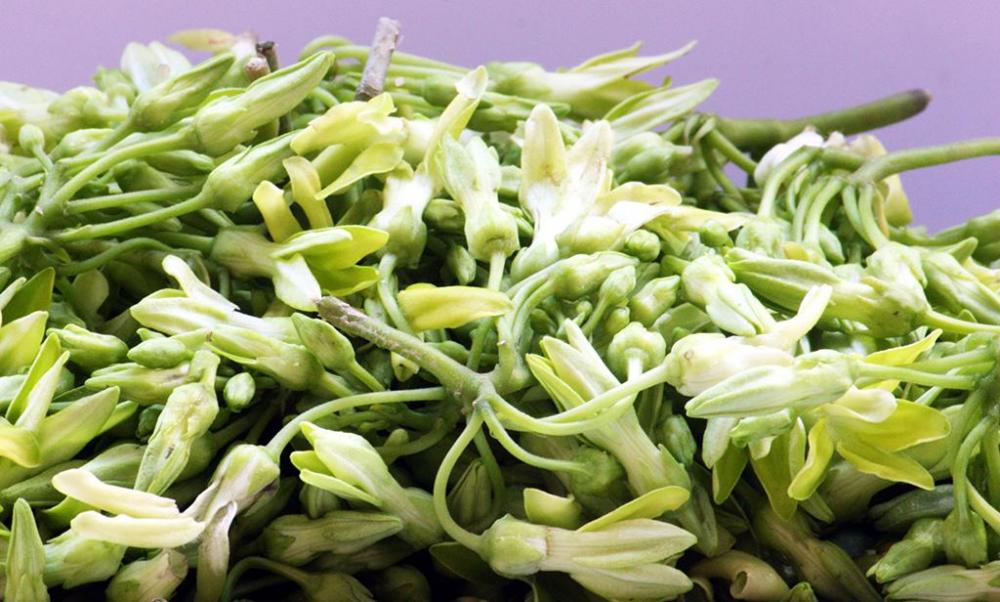
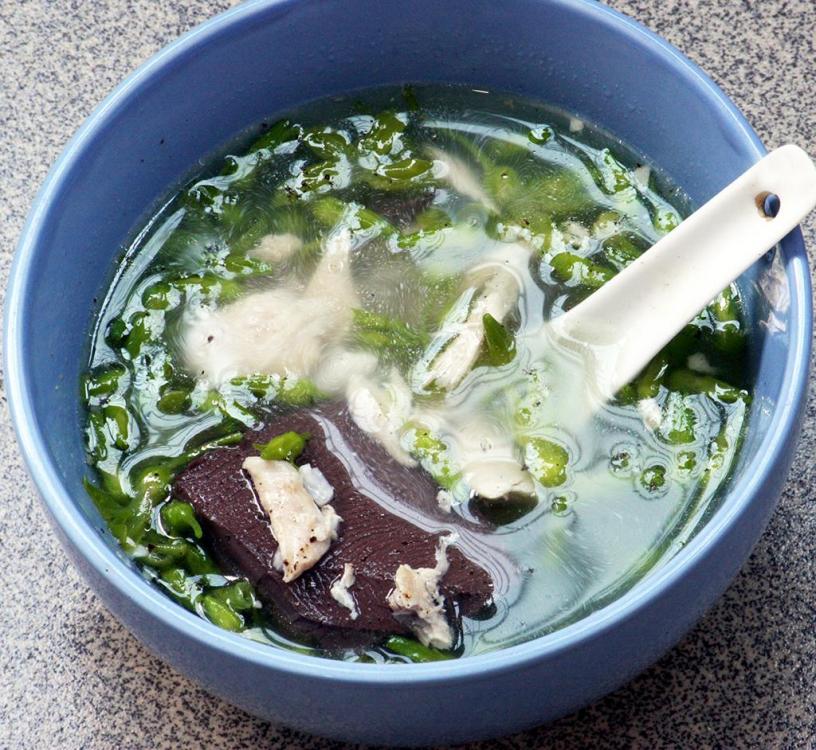
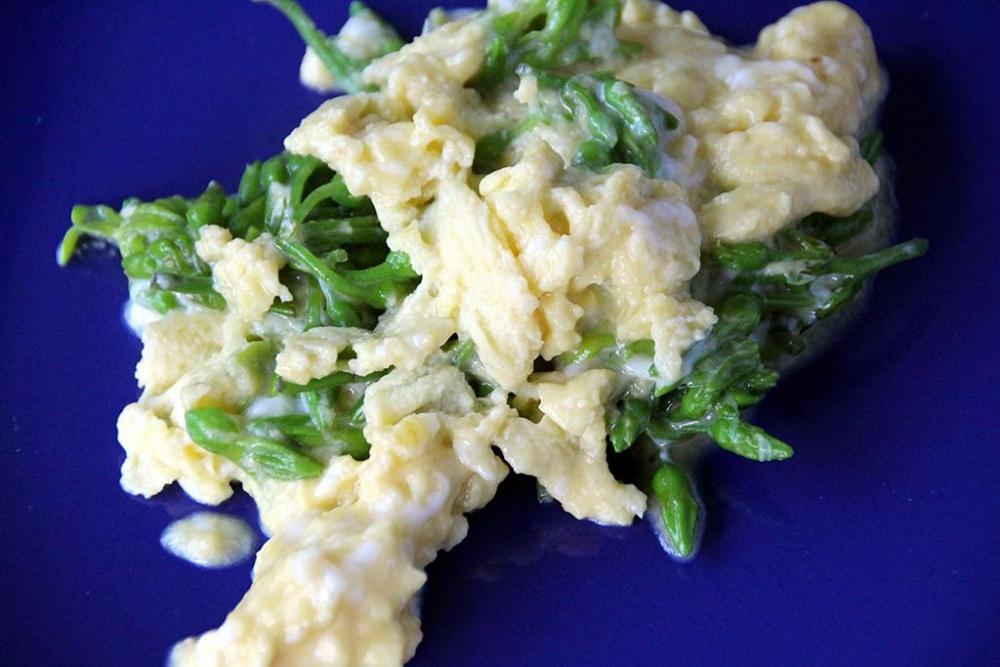
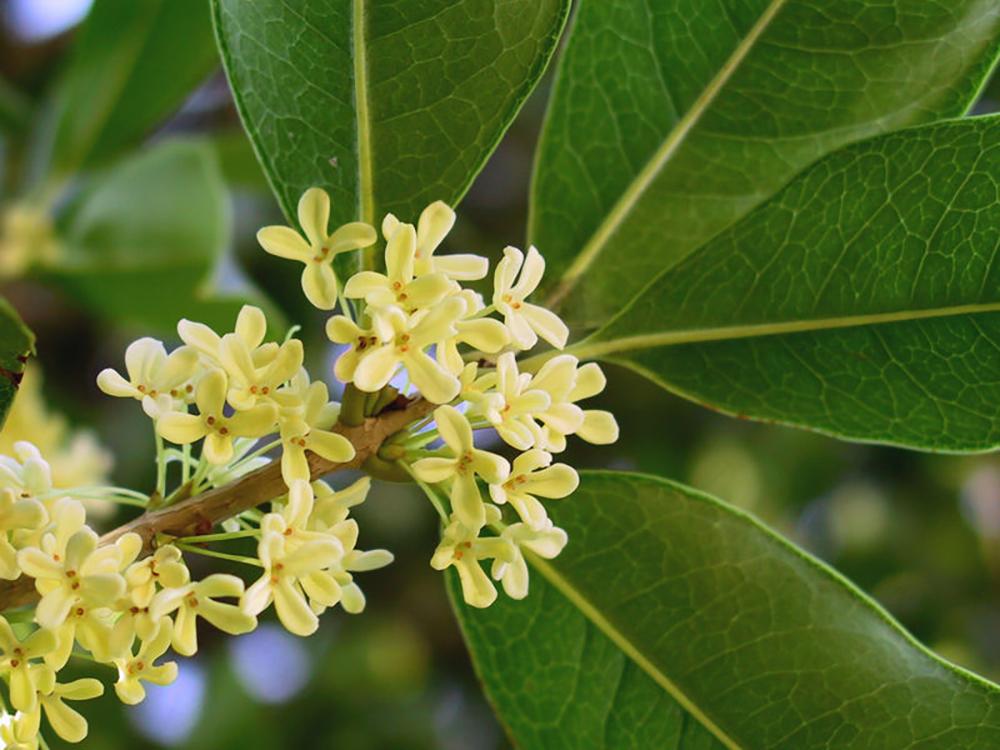
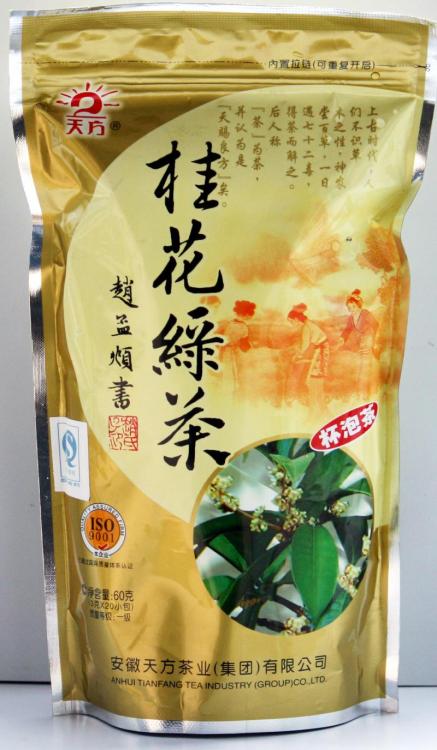
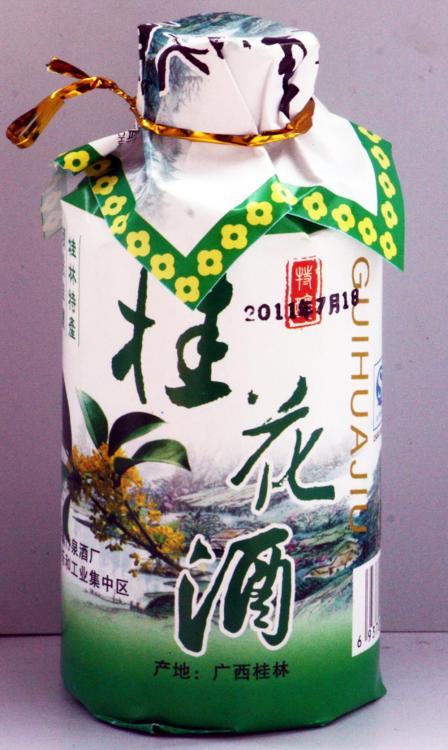
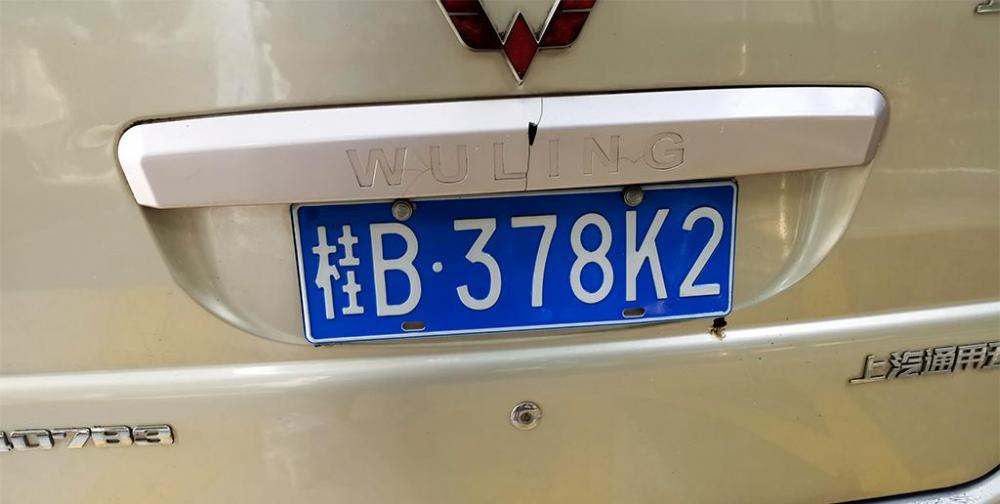
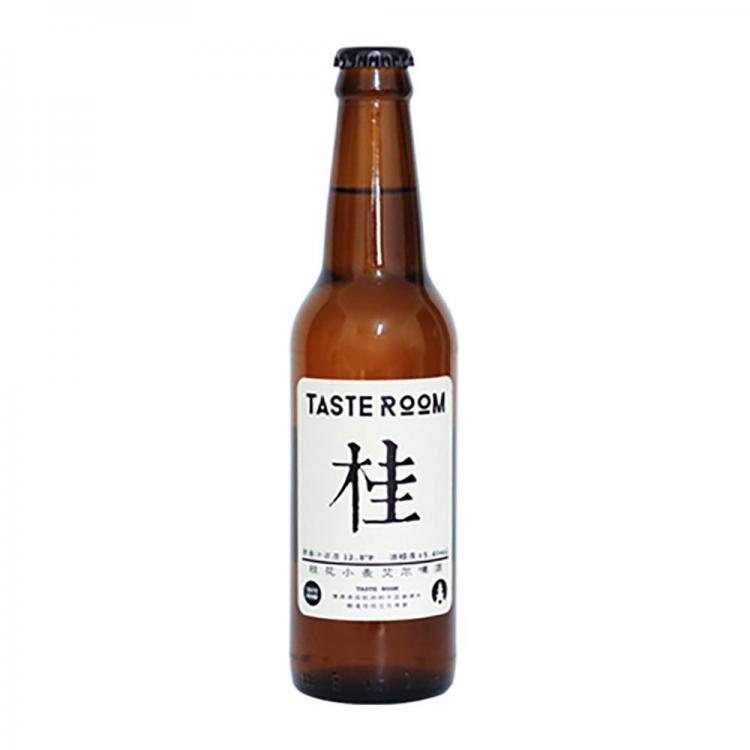
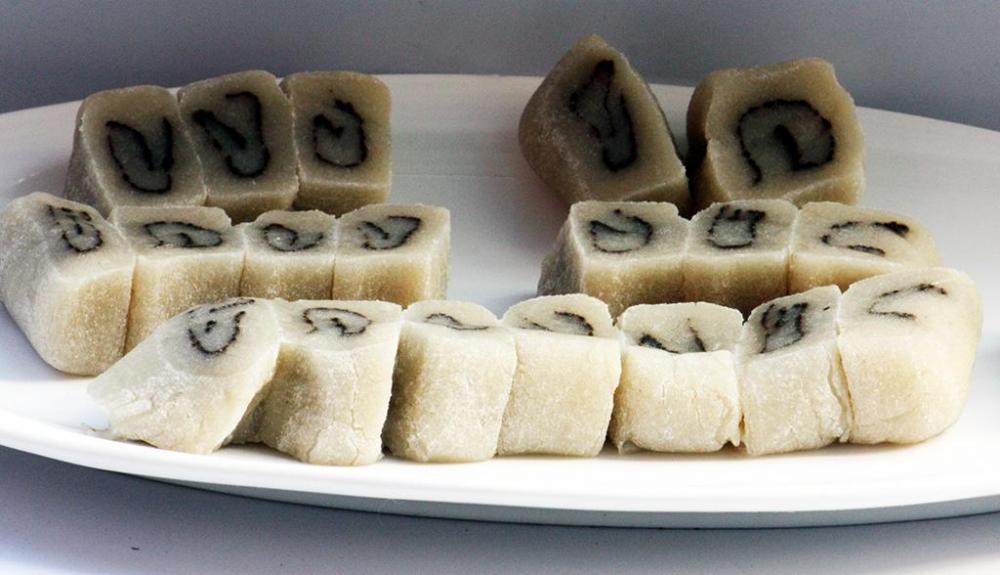
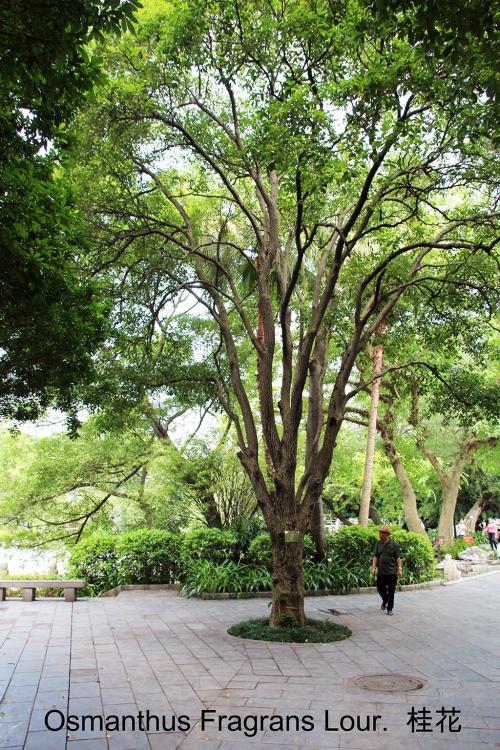

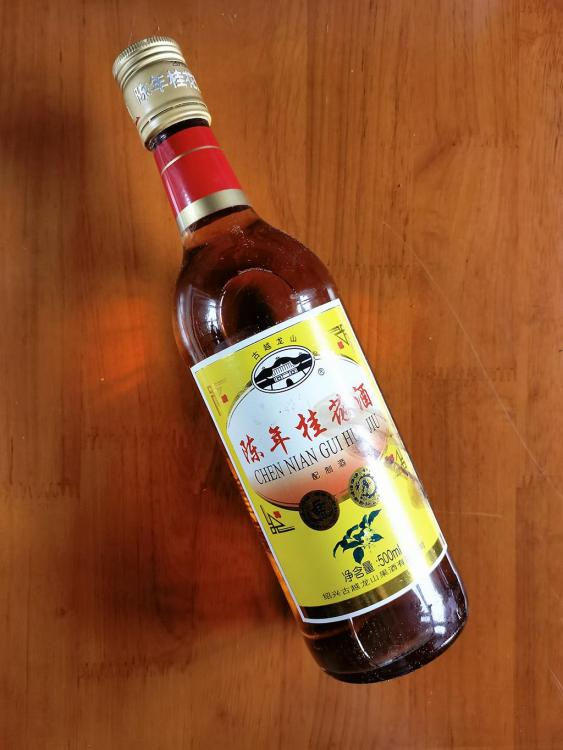

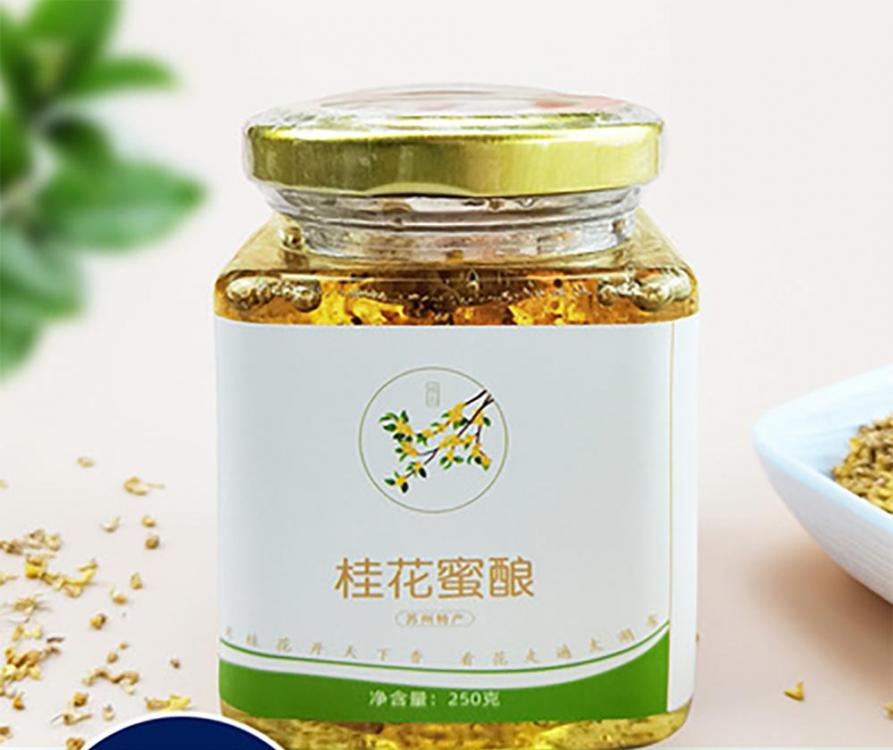
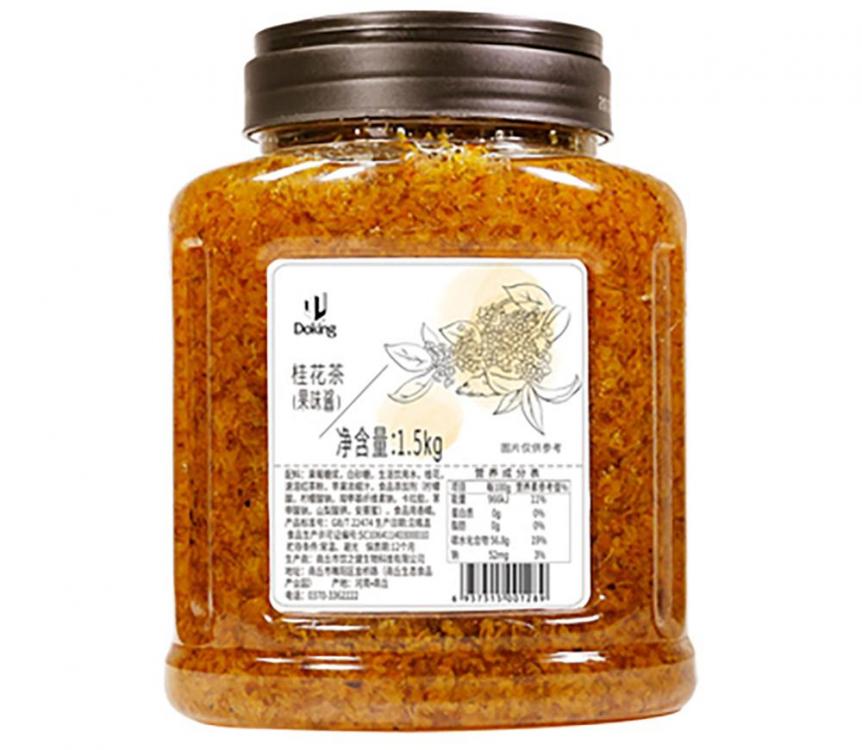

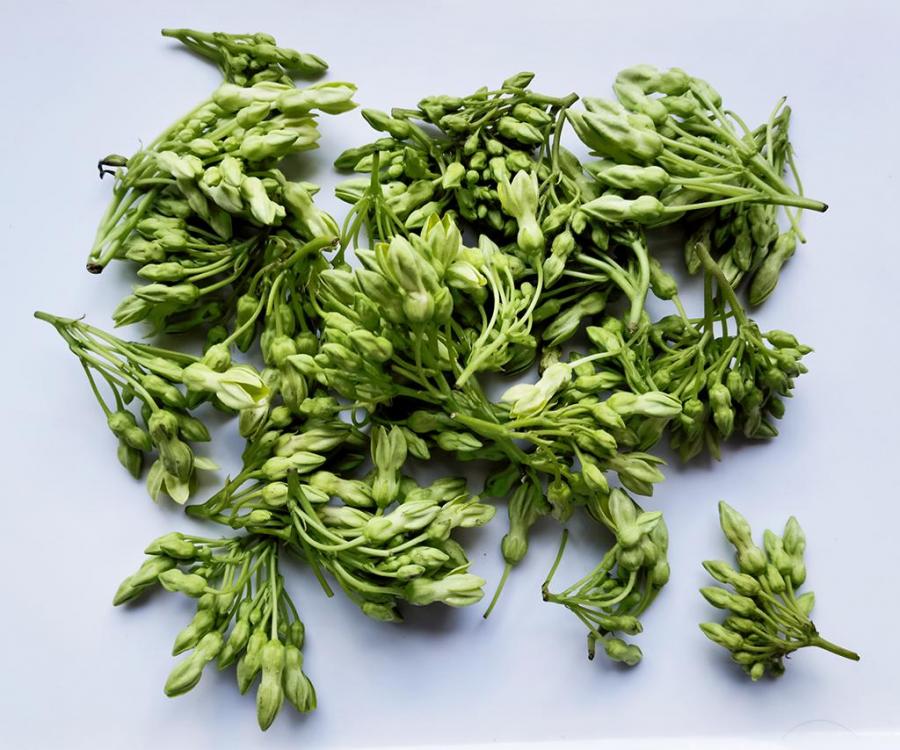
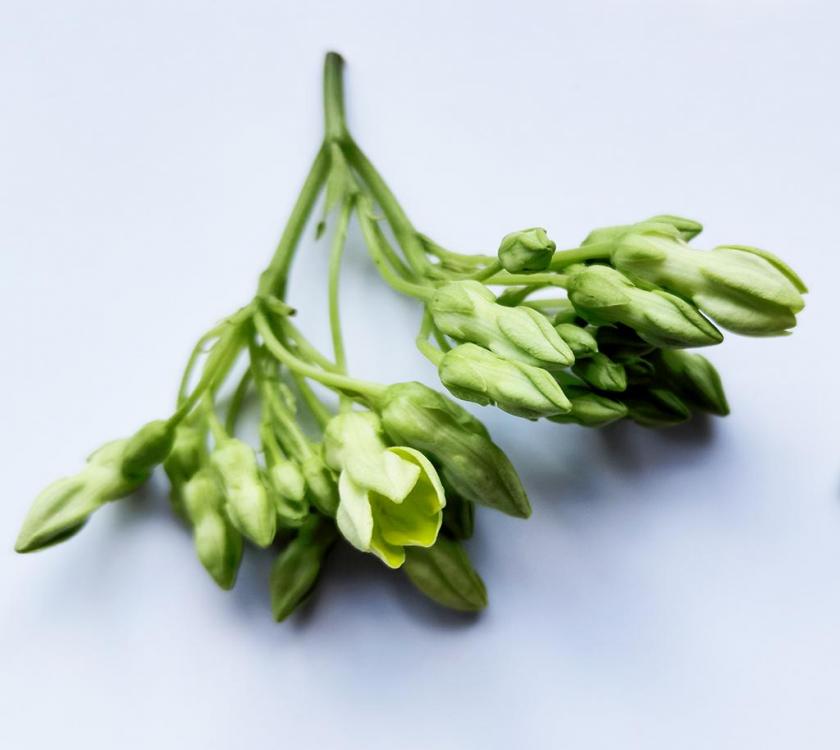

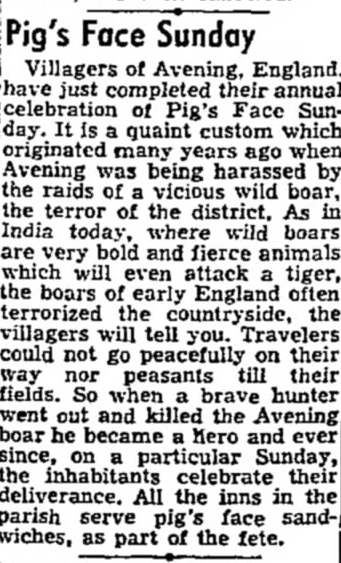



.thumb.jpg.d5a6dd4b63550123a8f38194f8060b49.jpg)
